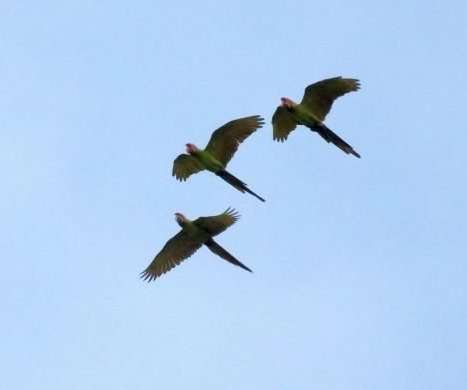Critically Endangered Birds in Costa Rica- How to See Them, How to Help Them
10,000 Birds
JUNE 25, 2022
Most of the usual birds seem present, a frog or two call from a small wetland, and a few other expected animals are there too. During our time travels, we would note vast changes in many other birds and animals. We would see how species that used to be common, even abundant, became remnants of their former, robust populations.











Let's personalize your content